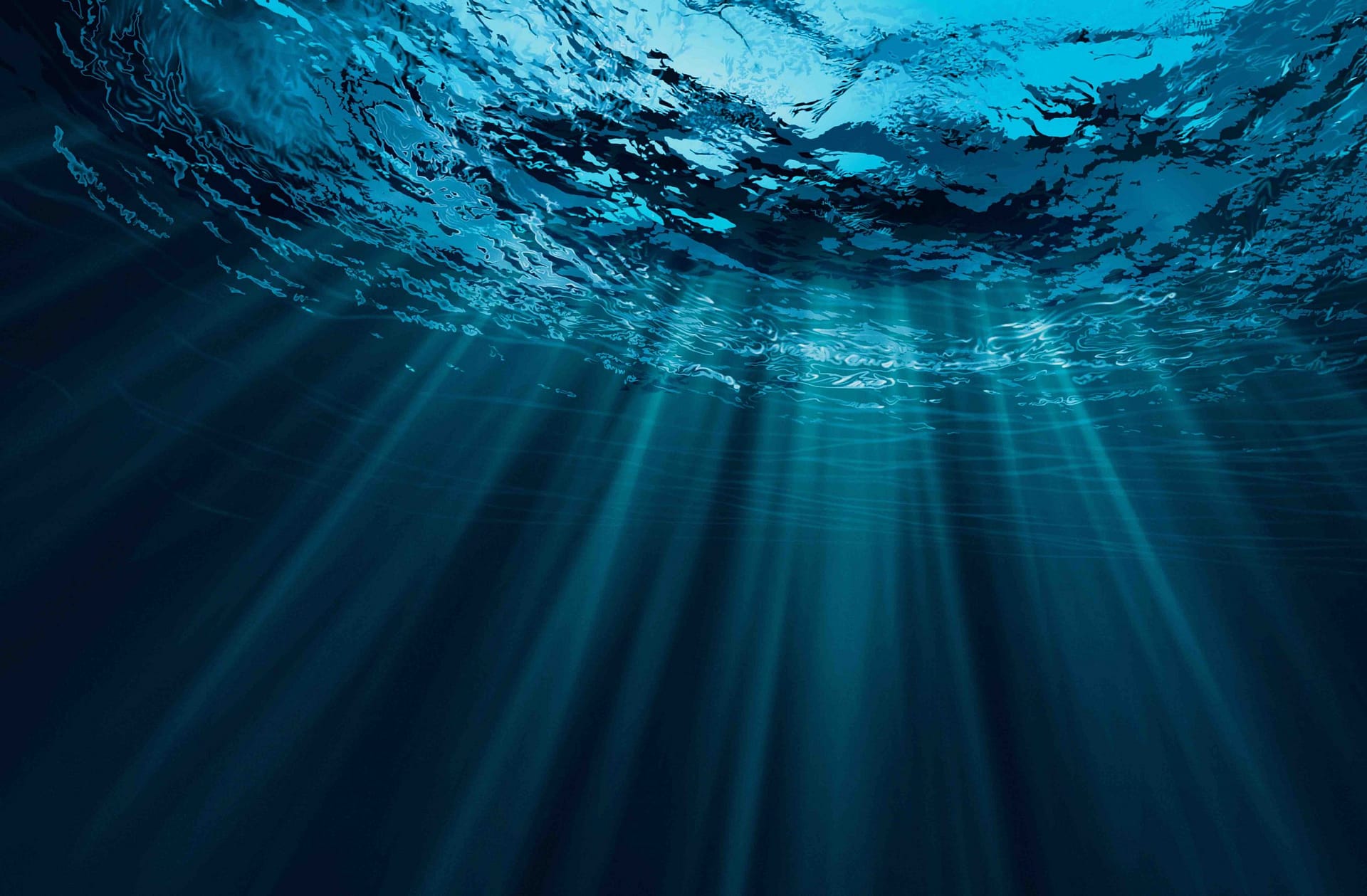Global ocean assets are worth an estimated 24 trillion USD. But climate change and human impacts are threatening the health of our oceans and the value they provide. A new report commissioned by WWF explores the financial risks driven by changing ocean patterns using an innovative systems modeling approach.
Every day we rely on our marine environments for food production, transport, tourism, and a host of other activities making up what has been termed the blue economy. Fisheries provide over three billion people with a key source of protein, and contribute to thousands of livelihoods. Combined with tourism, trade and shipping, and other ocean-related industries, the blue economy was responsible for 31 million full-time jobs in 2010.
Human impacts and large-scale planetary shifts like climate change pose growing threats to blue economy sectors. The report Value at Risk in the Blue Economy was developed to explore how the effects of environmental changes on the blue economy might result in financial risks to asset managers. For example: how will the increased frequency and intensity of storms affect the current and future assets and revenues of our ports? And how will overfishing affect the revenues from different players in the value chain?
Ports and coastal infrastructure will increasingly have to contend with rising sea levels and higher intensity and frequency of storms, and fish populations will come under increasing pressure from habitat changes and other pressures, such as overfishing and marine pollution. These changes not only threaten the livelihoods of those employed by these sectors; they create high stakes for those financially invested in them.

Implications for finance
If an asset loses its potential to generate revenue due to shifting long-term trends – for instance, oil reserves that won’t be burned to avoid climate change – we say that the asset is “stranded”. Stranded assets can impact entire industries, and with so many people relying on the blue economy, that can have serious consequences for millions of people.
“It is imperative that financial institutions assess and manage marine-related financial risks and assess and disclose their portfolio’s impact on ocean resources and ecosystems, to ensure investments in the blue economy are targeted at the most sustainable pathways possible,” said Margaret Kuhlow and John Tanzer from WWF International.

While approaches already exist to estimate such risks, this research argues that existing models have shortcomings, proposing an alternative approach that uses system dynamics as an evaluation tool.
“Managing the physical and transition risks from climate change and other environmental impacts will be one of the investment community’s defining challenges this century,” said Metabolic Circular Finance Lead, Seadna Quigley.
“Prevailing valuation methodologies are unable to deal with the complexity of global environmental fluctuations like climate change, and their effects on manageable assets. Together with WWF, we are developing an innovative approach to more accurately estimate these risks.”
Turning traditional risk modeling on its head
In contrast to the traditional ‘top-down’ method most commonly used to model the financial risks of environmental impacts, the research explores a ‘bottom-up’ approach, grounded in systems modeling.
“Environmental drivers such as climate change are complex to model accurately due to all of the systemic interdependencies, feedback loops, and tipping points, which translate to nonlinear patterns of risk development,” says Metabolic Systems Consultant, Erin Kennedy.
While top-down models overlay an environmental component onto a larger macroeconomic model, “a systems modeling approach allows for a more fine-grained, context-specific understanding of the interplay between environmental impacts and economic activity.”

The hope is that this approach will provide asset managers with more accurate information to engage with portfolio companies. Banks, insurance companies and project financiers may also find value in more accurately understanding their exposure to environmental risks and avoiding stranded assets.
The ability to incorporate precise geographic information also means that different scenarios can be modelled, making it possible to assess the impact of climate mitigation strategies on particular sectors, guiding both policy decisions and impact investments.
Results, and what next?
Using the Baltic Sea region as a case study, the report assessed the Value at Risk (VaR) – how much a portfolio stands to lose over a given time period at a certain confidence level – for ports and fisheries.
Initial results showed that the total VaR to the ports sector in the Baltic Sea region over 85 years is up to 2.21%, or €19.9bn, though this currently only accounts for the direct impacts of climate change (and not yet the indirect implications). And that the total VaR to the fisheries sector over 15 years is 73%, or €1.32bn.

As pertinent as these findings are for the Baltic region, these new techniques can be applied on a significantly larger scale. Key recommendations from the report include extending the geographical scope of the pilot model to include major fisheries and ports worldwide, as well as expanding the approach to other sectors including those indirectly related to the blue economy, such as real estate and manufacturing.
To learn more, read the full report Value at Risk in the Blue Economy, or contact Seadna Quigley on [email protected].






